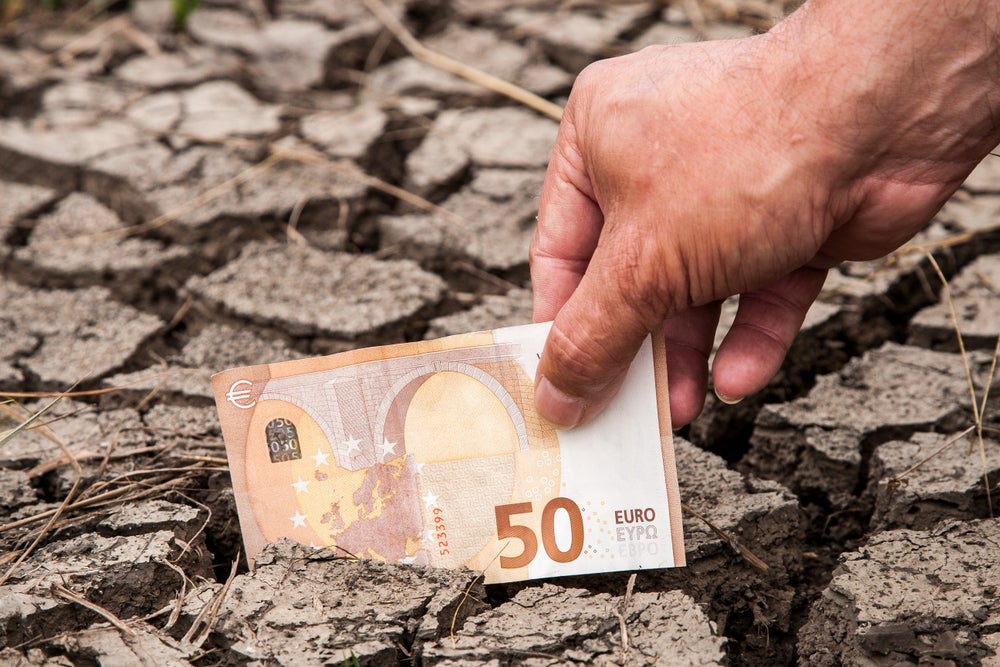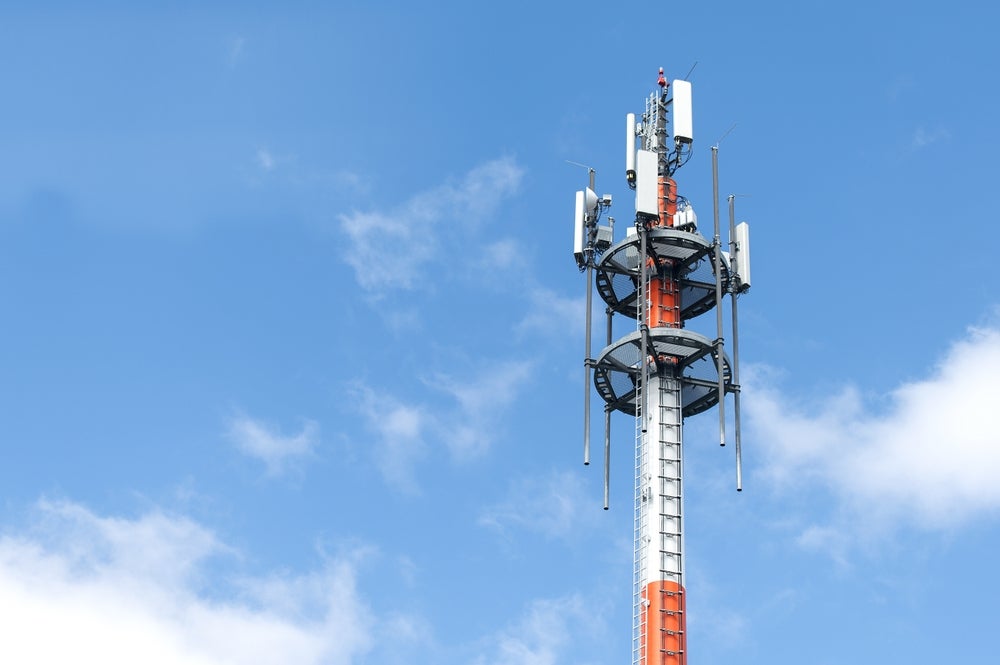We often consider how a sector, technology, or event affects the environment—like the environmental impact of AI, however; it’s time to flip that perspective: we should also start thinking about how climate change impacts each sector and business, and what economic consequences this could bring.
Environmental and economic consequences of climate change
Climate change is apparent worldwide in several alarming ways, including rising carbon emissions and ocean acidification, temperature anomalies, shrinking Arctic ice and glaciers, and rising sea levels.
These changes are contributing to an increased frequency of extreme weather events such as droughts, floods, wildfires, heatwaves, hurricanes, and monsoons. As a result, many regions are facing severe consequences, including food shortages, water scarcity, and damage to infrastructure.
Additionally, air quality is declining, and some island and coastal communities are at risk of displacement due to rising sea levels, while desertification is making other areas uninhabitable, potentially triggering new waves of migration.
Extreme weather and water-related events caused almost $1.5trn of economic losses in the decade to 2019, up from $184bn in the 1970s, states the World Meteorological Organisation (WMO) report.
While it is true that warnings and disaster management have improved over time, cutting the number of lives lost, the economic cost of extreme weather has grown substantially. The World Economic Forum reports that the number of reported deaths from 2010 to 2019 was one-third of those recorded in 1980–1989. On the contrary, over the same period, the reported economic losses increased by 484%.
What does this mean for businesses?
Climate change is impacting businesses across various industries and each sector faces unique challenges and must adapt to the changing environment.
For example, the insurance industry in North America is dealing with more frequent and severe hurricanes, along with an increased risk of wildfires in the Southwest, leading insurers to deny coverage in high-risk areas.
The construction sector is being pushed to improve urban planning and risk mitigation due to the growing threat of extreme weather events like storms and hurricanes. In the tech industry, data centres face location limitations due to flood risks or they are subject to rising cooling and energy costs from global warming.
Retail, especially fast fashion, is at risk of supply chain disruptions caused by climatic challenges such as poor cotton harvests and factory damage from intensified monsoons. The travel and tourism sector is seeing coastal infrastructure and winter sports seasons affected by rising sea levels and reduced snowfall, which directly impacts hospitality.
The mining industry is shifting its focus to critical minerals like lithium and copper, driven by green technology demands while moving away from unsustainable coal assets. The oil & gas sector is under pressure to invest in low-carbon projects and energy transition due to public backlash.
Lastly, the sports industry is experiencing disruptions from heat waves and other extreme weather, affecting both athlete performance and competition schedules.
To conclude, climate change is no longer just an environmental concern but a pressing economic issue that affects every industry.









